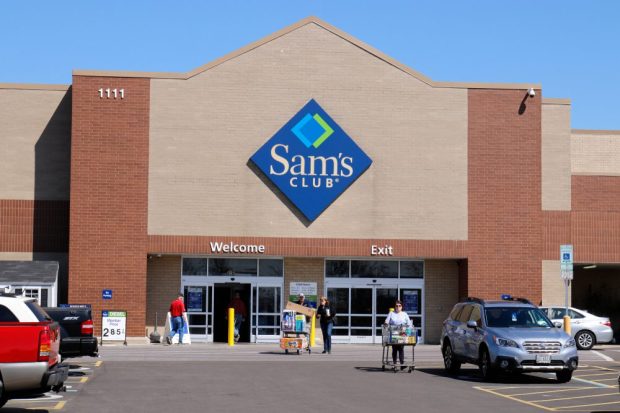D2C Brands Court Warehouse Stores as Shoppers Seek Value

Direct-to-consumer brands are increasingly using warehouse club stores to reach new, bargain-hungry consumers.
As a report Monday (April 17) by Modern Retail noted, this trend is well-established but has become a larger part of consumer packaged goods (CPG) companies’ strategy as they look to expand nationally.
Among these companies is supplement brand Care/of, which began selling its products at Sam’s Club earlier this month.
“Our customers include lots of parents and young families, so there is a nice customer overlap with Sam’s Club,” Care/of co-founder Craig Elbert told Modern Retail.
He added that the decision to team up with Sam’s Club resulted from tapping into customer insights through surveys and credit card data.
“We saw a disproportionate amount of our customers shopping there, and had also received inbound interest from Sam’s Club,” said Elbert.
Direct-to-consumer (D2C) brands tell the magazine that the warehouse club space produces a unique brand of shoppers: they seek value from bulk buying but also like finding new products within the aisles of these cavernous stores.
That sort of desire has been good for other D2C brands, as PYMNTS has reported. For example, executives from McCormick & Company said last month that its consumers were seeking both convenient food options, but also novel tastes.
“We’re launching new products in the first half of 2023 to inspire consumers flavor exploration as well as deliver the convenience consumers are looking for,” CEO Lawrence Kurzius said during an earnings call. “In direct-to-consumer [D2C], we continue to grow our platform with new innovative flavors as a testing ground.”
Meanwhile, members-only club stores like Sam’s Club and Costco have reported strong growth recently as consumers look for more affordable grocery and dining options amid inflation.
For example, Costco said last month that its fresh food assortment has helped reach members even as consumers reduce spending on big-ticket items.
“If you go do a little homework on the cost of processing and selling a rotisserie chicken, our $4.99 price, we maintain, is an investment in low prices to drive membership and to drive sales in a big way,” Costco CFO Richard Galanti said. “We want those [kinds of] ‘wow’ items in there.”
This is happening as consumers find themselves continuing to pay more at the grocery store. Recent figures from the Bureau of Labor Statistics show the price of food consumed at home — which includes groceries — fell 0.3%.
However, measured across the last year, prices were actually up 8.4%, PYMNTS wrote, with the cost of cereal rising 13.6% between March of last year and March 2023. Fruit and vegetable prices rose 2.5% in that time frame, while non-alcoholic beverages rose 11.3%.
